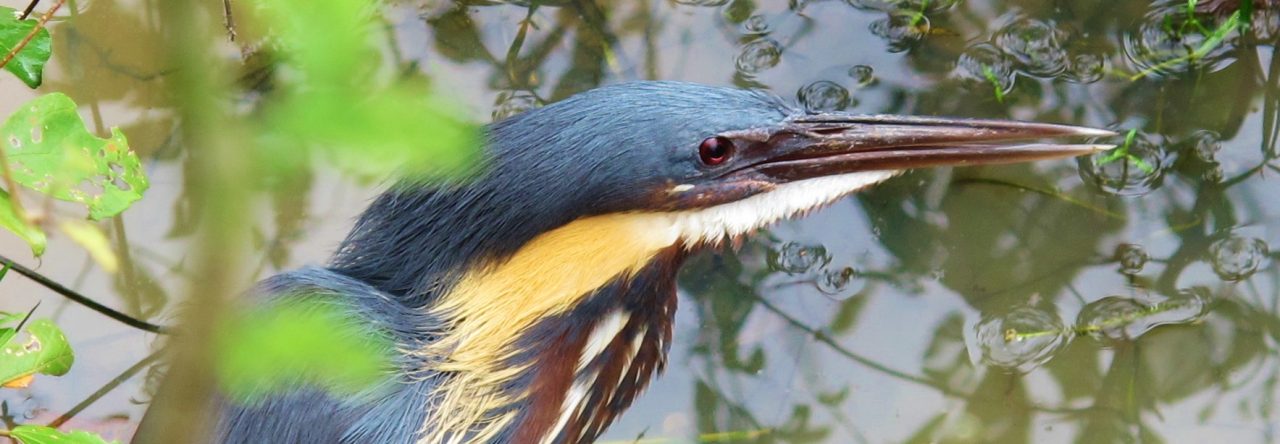
With August already a week old, I figured it was finally time to brave the excessive heat and try and find some shorebirds. Having added the vast majority of East Asia’s regular waders to the year list back in February in Thailand, my hit list for fall migration in Taiwan comprises a handful of the more easterly migrants, namely Sharp-tailed Sandpiper, Terek Sandpiper, and Grey-tailed Tattler, as well as that widespread but elusive rice-field lurker Greater Painted-Snipe.
Dapeng Bay is one of those places that still somehow retains some interest as a wader site, despite huge amounts of human encroachment. The area where I’ve had the most luck in the past with finding shorebirds is along the eastern side of the bay, where an expanse of open mud and pools always seems to hold something of interest during migration season (I’ve had Asian Dowitcher, Great Knot and Chinese Egret here in the past). Mangroves seem to be re-establishing themselves at this spot since my last visit in September 2014 – it’s not clear whether this is deliberate or accidental, but it can only be a good thing in general environmental terms that the mangroves are making a comeback, even if it will lead to reduced open mud for the shorebirds.
When I arrived at about 8.30am it was already stiflingly hot, with barely a breath of wind, and that milky-sky smog which is common in these parts in winter but unfortunately without the accompanying cooler temperatures. A cycle road skirts the eastern edge of the area, from which the pools can easily be scanned (Google Maps location). I fairly quickly located one of my year list targets, an energetically feeding Terek Sandpiper. Other waders were more lethargic in the heat – they included several near full summer-plumaged Mongolian Plovers, a mixed party of Common Greenshanks and Common Redshanks, and about 15 Long-toed and 2 Red-necked Stints.
On the strength of an eBird report of 12 Greater Painted-Snipes just a few days ago, I then drove a few kilometers inland to a low-lying area of rice fields and boggy grassland (Google Maps location). Literally the first bird I saw when I stopped my scooter was a Greater Painted-Snipe – apparently a brightly-plumaged adult female – which I watched in flight (unfortunately without binoculars, which were still in my bag), until it plummeted back into the marshy grassland I had flushed it from, not to be seen again. This turned out to be a lucky break, as it was the sole individual of this species I saw during my visit. Further interest in the area was provided by a Ruddy-breasted Crake feeding out in the open in a ditch, an Oriental Pratincole, a Barred Buttonquail flushed from under my feet as I took a walk through the grass, and ridiculous numbers of Red Collared-Doves (at least 100).
Finally, I had some nice views of a flock of some 15 Indian Silverbills, feeding in weeds along the roadside – an established “exotic” in Taiwan, and one which – given the slim pickings at this time of year – I will feel no guilt at adding to my year list.
2016 World Year Ticks: Terek Sandpiper, Greater Painted-Snipe, Indian Silverbill (total 783). My full year list can be viewed here.
